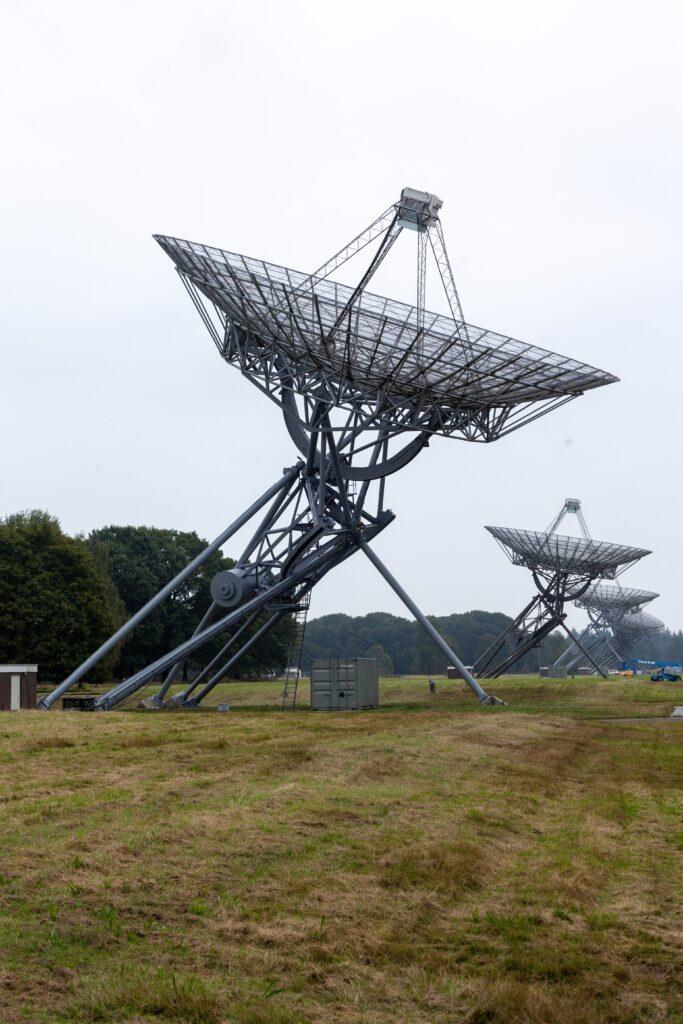Quantum Breakthrough: Tiny Satellite Achieves Unhackable Global Communication
Chinese Microsatellite Establishes Record-Breaking Quantum Link Between Continents
In a landmark achievement for secure communications, scientists have successfully demonstrated quantum-secured transmission between China and South Africa using a microsatellite no larger than a microwave oven. The Jinan-1 satellite, weighing just 23 kilograms, bridged an astonishing 12,900 kilometers—proving that ultra-secure quantum communication can be achieved with small, affordable spacecraft.
This breakthrough, accomplished in October 2024, represents a major leap toward a global quantum internet, where communications are protected by the fundamental laws of physics rather than conventional encryption.
How Quantum Communication Defies Hackers
Led by Professor Jianwei Pan at the University of Science and Technology of China, the team used quantum key distribution (QKD) to create an unbreakable encryption link. The technology relies on the quantum properties of photons—any attempt to intercept the transmission would immediately disrupt the signal, alerting both sender and receiver.
During the experiment, researchers successfully exchanged encrypted images of China’s Great Wall and South Africa’s Stellenbosch University, repeating the process 20 times without security breaches.

Why Small Satellites Are a Game-Changer
Previous quantum communication tests relied on bulky, expensive satellites like China’s Micius (2016). In contrast, Jinan-1’s quantum payload is ten times lighter, making large-scale deployment feasible.
Laurent de Forges de Parny of Thales Alenia Space highlights the significance:
“This miniaturization means we could launch entire constellations of quantum satellites—similar to SpaceX’s Starlink—dramatically accelerating the development of a quantum-secured internet.”
The Global Quantum Space Race Heats Up
China isn’t alone in this pursuit. The success of Jinan-1 has intensified international efforts:
- China plans to launch 2-3 more quantum satellites in 2025.
- Europe’s ESA, in collaboration with Thales Alenia Space, is preparing a 2026 quantum satellite mission.
- Boeing is leading a parallel U.S. initiative, also targeting 2026.
Alexander Ling from the National University of Singapore believes practical applications are near:
“Within a decade, this could be integrated into real-world communication networks, protecting everything from government secrets to financial transactions.”
Beyond Encryption: A Quantum Internet Future
While current systems focus on quantum key distribution, the long-term vision is a full quantum internet—enabling unhackable communications, ultra-secure cloud computing, and even quantum teleportation of information.
As quantum computers advance, threatening to crack today’s encryption, the need for quantum-safe networks becomes urgent. Jinan-1’s success proves that the solution may come from small satellites in low Earth orbit.
Conclusion: A New Era of Secure Communication
The Jinan-1 experiment demonstrates that size is no barrier to revolutionary technology. What was once the realm of massive, costly satellites can now be achieved with compact, scalable systems.
As nations race to deploy quantum networks, one thing is clear: The future of unhackable communication is in orbit—and it’s arriving faster than expected.

